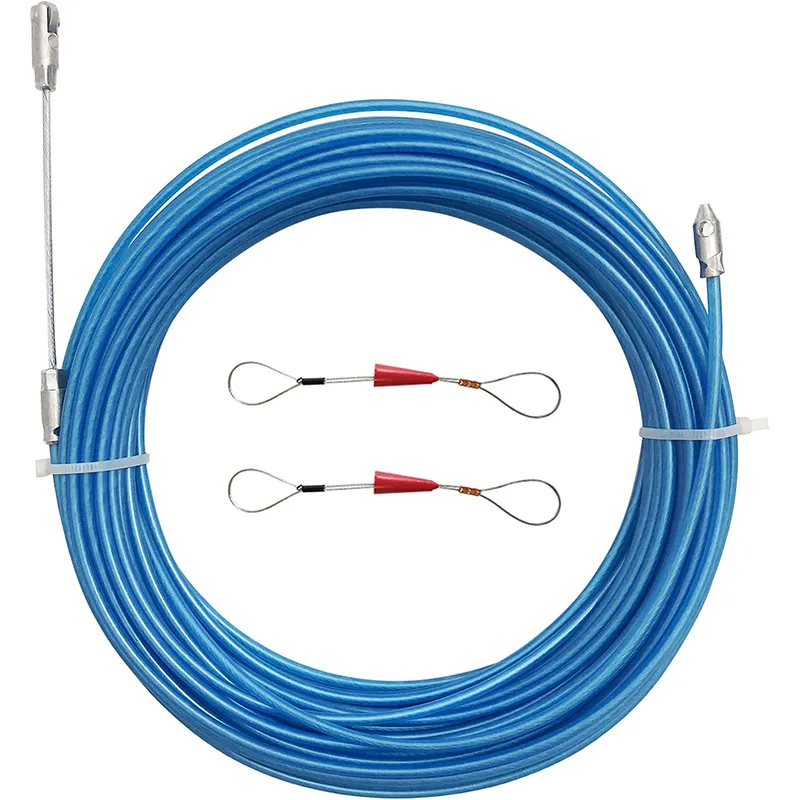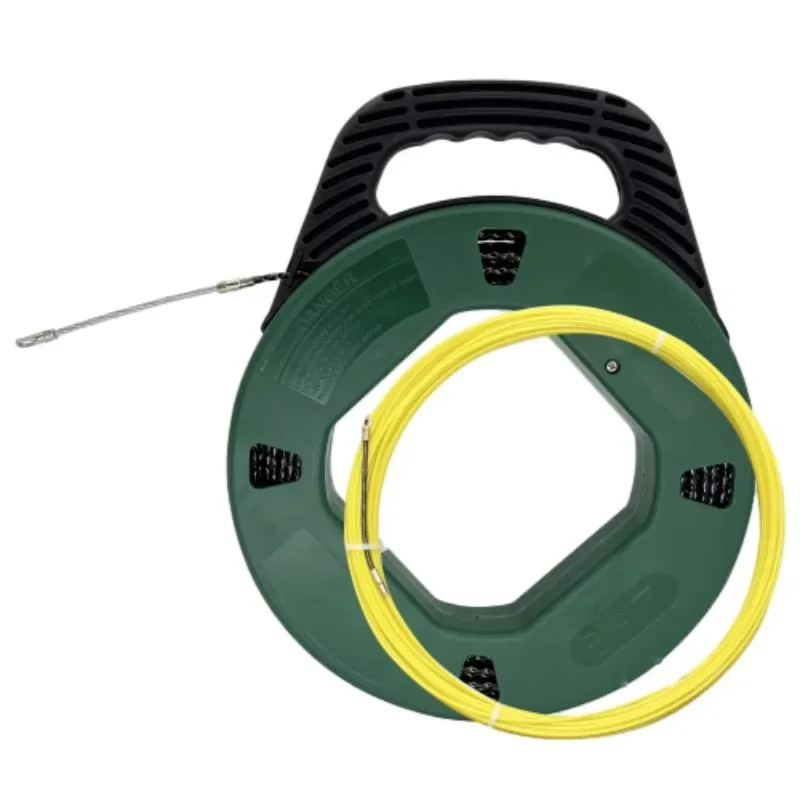
-
 Afrikaans
Afrikaans -
 Albanian
Albanian -
 Amharic
Amharic -
 Arabic
Arabic -
 Armenian
Armenian -
 Azerbaijani
Azerbaijani -
 Basque
Basque -
 Belarusian
Belarusian -
 Bengali
Bengali -
 Bosnian
Bosnian -
 Bulgarian
Bulgarian -
 Catalan
Catalan -
 Cebuano
Cebuano -
 Corsican
Corsican -
 Croatian
Croatian -
 Czech
Czech -
 Danish
Danish -
 Dutch
Dutch -
 English
English -
 Esperanto
Esperanto -
 Estonian
Estonian -
 Finnish
Finnish -
 French
French -
 Frisian
Frisian -
 Galician
Galician -
 Georgian
Georgian -
 German
German -
 Greek
Greek -
 Gujarati
Gujarati -
 Haitian Creole
Haitian Creole -
 hausa
hausa -
 hawaiian
hawaiian -
 Hebrew
Hebrew -
 Hindi
Hindi -
 Miao
Miao -
 Hungarian
Hungarian -
 Icelandic
Icelandic -
 igbo
igbo -
 Indonesian
Indonesian -
 irish
irish -
 Italian
Italian -
 Japanese
Japanese -
 Javanese
Javanese -
 Kannada
Kannada -
 kazakh
kazakh -
 Khmer
Khmer -
 Rwandese
Rwandese -
 Korean
Korean -
 Kurdish
Kurdish -
 Kyrgyz
Kyrgyz -
 Lao
Lao -
 Latin
Latin -
 Latvian
Latvian -
 Lithuanian
Lithuanian -
 Luxembourgish
Luxembourgish -
 Macedonian
Macedonian -
 Malgashi
Malgashi -
 Malay
Malay -
 Malayalam
Malayalam -
 Maltese
Maltese -
 Maori
Maori -
 Marathi
Marathi -
 Mongolian
Mongolian -
 Myanmar
Myanmar -
 Nepali
Nepali -
 Norwegian
Norwegian -
 Norwegian
Norwegian -
 Occitan
Occitan -
 Pashto
Pashto -
 Persian
Persian -
 Polish
Polish -
 Portuguese
Portuguese -
 Punjabi
Punjabi -
 Romanian
Romanian -
 Russian
Russian -
 Samoan
Samoan -
 Scottish Gaelic
Scottish Gaelic -
 Serbian
Serbian -
 Sesotho
Sesotho -
 Shona
Shona -
 Sindhi
Sindhi -
 Sinhala
Sinhala -
 Slovak
Slovak -
 Slovenian
Slovenian -
 Somali
Somali -
 Spanish
Spanish -
 Sundanese
Sundanese -
 Swahili
Swahili -
 Swedish
Swedish -
 Tagalog
Tagalog -
 Tajik
Tajik -
 Tamil
Tamil -
 Tatar
Tatar -
 Telugu
Telugu -
 Thai
Thai -
 Turkish
Turkish -
 Turkmen
Turkmen -
 Ukrainian
Ukrainian -
 Urdu
Urdu -
 Uighur
Uighur -
 Uzbek
Uzbek -
 Vietnamese
Vietnamese -
 Welsh
Welsh -
 Bantu
Bantu -
 Yiddish
Yiddish -
 Yoruba
Yoruba -
 Zulu
Zulu


TEL:
0086-311-88862036
ມ.ກ. . 14, 2025 10:34 Back to list
fish tape puller tool
Navigating the intricate pathways of electrical installations requires precision and reliable tools. Among these essential implements is the fish tape puller tool—a fundamental instrument for electricians and DIY enthusiasts. This tool streamlines the labor-intensive process of guiding wires through conduits, walls, and hard-to-reach areas, making it indispensable in both residential and commercial settings.
Fish tape puller tools vary in length and design, providing a range of options tailored to specific job requirements. Industry professionals underscore the importance of selecting a tape that not only fits the immediate task but also aligns with future project needs. An improperly sized fish tape can lead to unnecessary strain, potential breakage, or unwieldy handling—compromising precision and safety. Advancements in design have further refined the use of fish tape pullers, with some models featuring easy-to-read marks for measuring depth and identifying remaining tape length. These improvements enhance user accuracy, fostering a level of technical assurance and precision vital for complex installations. The cumulative experience of seasoned electricians imbues the fish tape puller tool with an aura of authority and trustworthiness. It is not merely a piece of equipment but a conduit through which professional expertise is executed. Each pull, feed, and unwinding of the tape is a reflection of the practitioner's commitment to safety, excellence, and precision. In conclusion, the fish tape puller tool embodies the quintessence of effective problem-solving in electrical work. Its practical design and application reflect the depth of skilled craftsmanship, reliable performance, and enduring quality that are core to any successful electrical installation project. Whether for beginners or seasoned professionals, investing in a high-quality fish tape puller ensures a seamless and efficient workflow, reinforcing its position as a cornerstone in electrical toolkits worldwide.


Fish tape puller tools vary in length and design, providing a range of options tailored to specific job requirements. Industry professionals underscore the importance of selecting a tape that not only fits the immediate task but also aligns with future project needs. An improperly sized fish tape can lead to unnecessary strain, potential breakage, or unwieldy handling—compromising precision and safety. Advancements in design have further refined the use of fish tape pullers, with some models featuring easy-to-read marks for measuring depth and identifying remaining tape length. These improvements enhance user accuracy, fostering a level of technical assurance and precision vital for complex installations. The cumulative experience of seasoned electricians imbues the fish tape puller tool with an aura of authority and trustworthiness. It is not merely a piece of equipment but a conduit through which professional expertise is executed. Each pull, feed, and unwinding of the tape is a reflection of the practitioner's commitment to safety, excellence, and precision. In conclusion, the fish tape puller tool embodies the quintessence of effective problem-solving in electrical work. Its practical design and application reflect the depth of skilled craftsmanship, reliable performance, and enduring quality that are core to any successful electrical installation project. Whether for beginners or seasoned professionals, investing in a high-quality fish tape puller ensures a seamless and efficient workflow, reinforcing its position as a cornerstone in electrical toolkits worldwide.
Next:
Latest news
What Are Construction Tools and How Are They Used?
NewsJul.11,2025
Professional-Grade Duct Rodding Tools for Superior Cable Installation
NewsJul.11,2025
Enhancing Safety and Efficiency with Modern Hot Stick Solutions
NewsJul.11,2025
Empowering Cable Installation with Advanced Rodder Solutions
NewsJul.11,2025
Elevate Your Cable Installation Projects with Cable Pulling Tools
NewsJul.11,2025
Efficient Cable Handling Solutions: Cable Rollers for Sale
NewsJul.11,2025
Copyright © 2025 Shijiazhuang Bilo Import and Export Trading Co., Ltd. All Rights Reserved. Sitemap | Privacy Policy

BlLo lmport & Éxport is specialized in power and cable equipment andconsiruction tools,Qur main producis are FRP
duct rodder, cable rollerscable pulling winch, cable drum jack, cable pulling sock, etc.
Copyright © 2025 Shijiazhuang Bilo Import and Export Trading Co., Ltd. All Rights Reserved. Sitemap | Privacy Policy










